
Reptiles Scales, Eggs, & Elaborate Behaviors


Reptiles Objectives
-
List the major vertebrate animal groups and provide examples of a species in each group.
-
Describe the evolutionary origins, shared structures, and modern descendants of reptiles.
-
Provide the characteristics of lizards and reptiles, including concerns associated with studying or caring for these species.
Vertebrates are classified in Phylum Chordata, meaning we call share a spinal cord, and Sub-Phylum Vertebrata meaning that we have backbones.
Vertebrate Groups
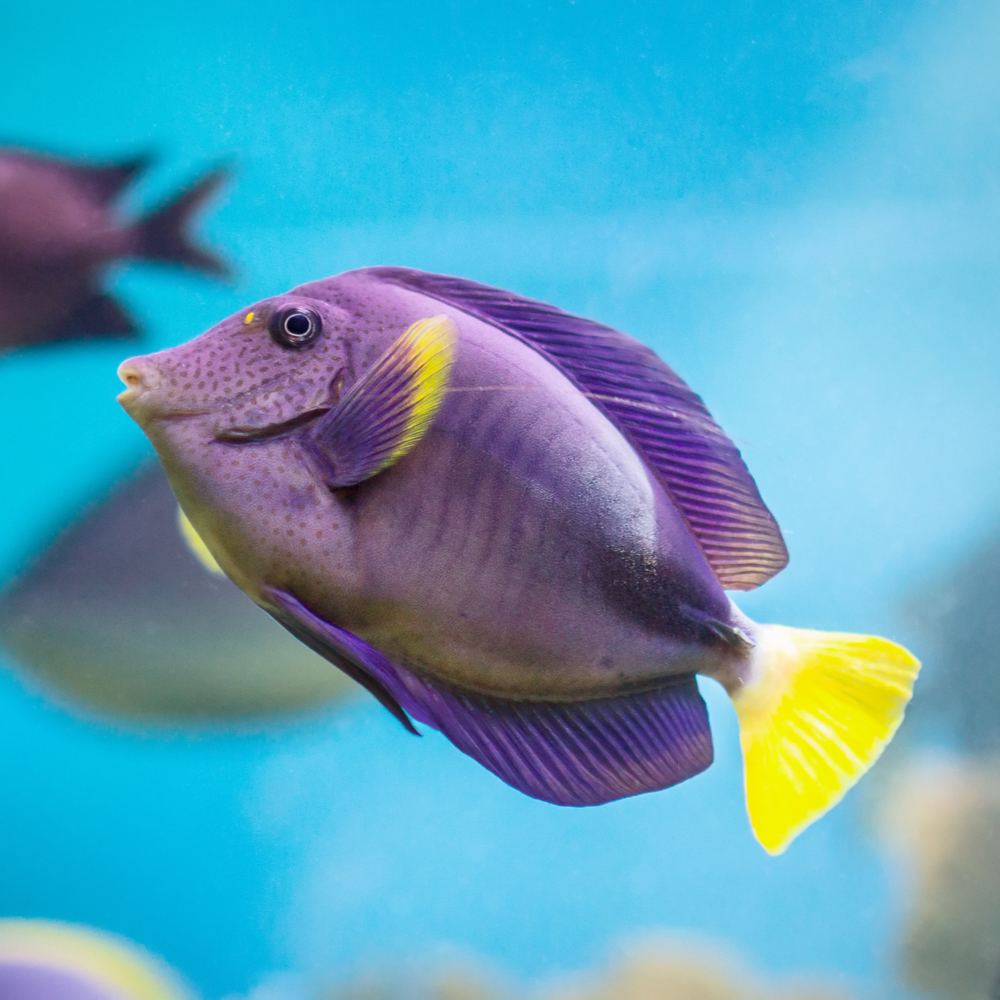
Fish
The earliest vertebrate species, originating in the oceans and moving to freshwater.
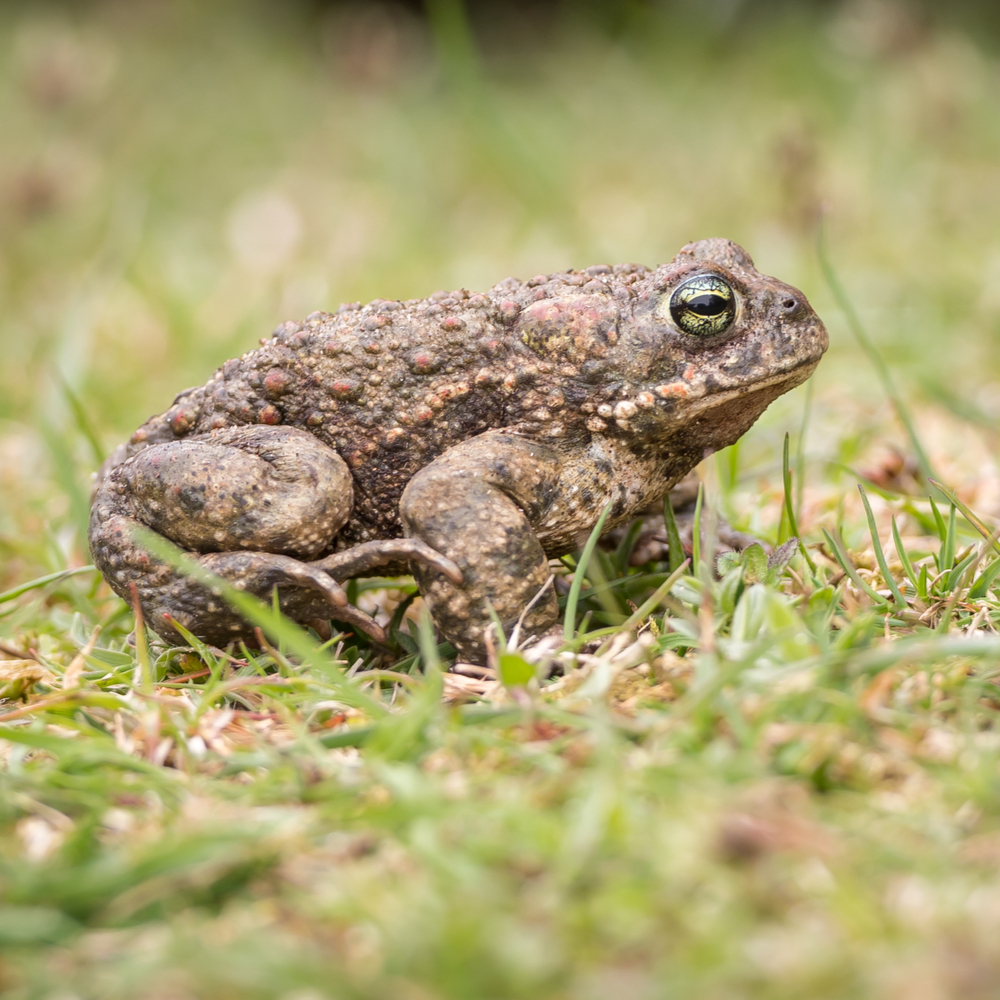
Amphibians
Descendants of fish and the first vertebrates on land. Fins replaced by legs, part of life cycle still within water.
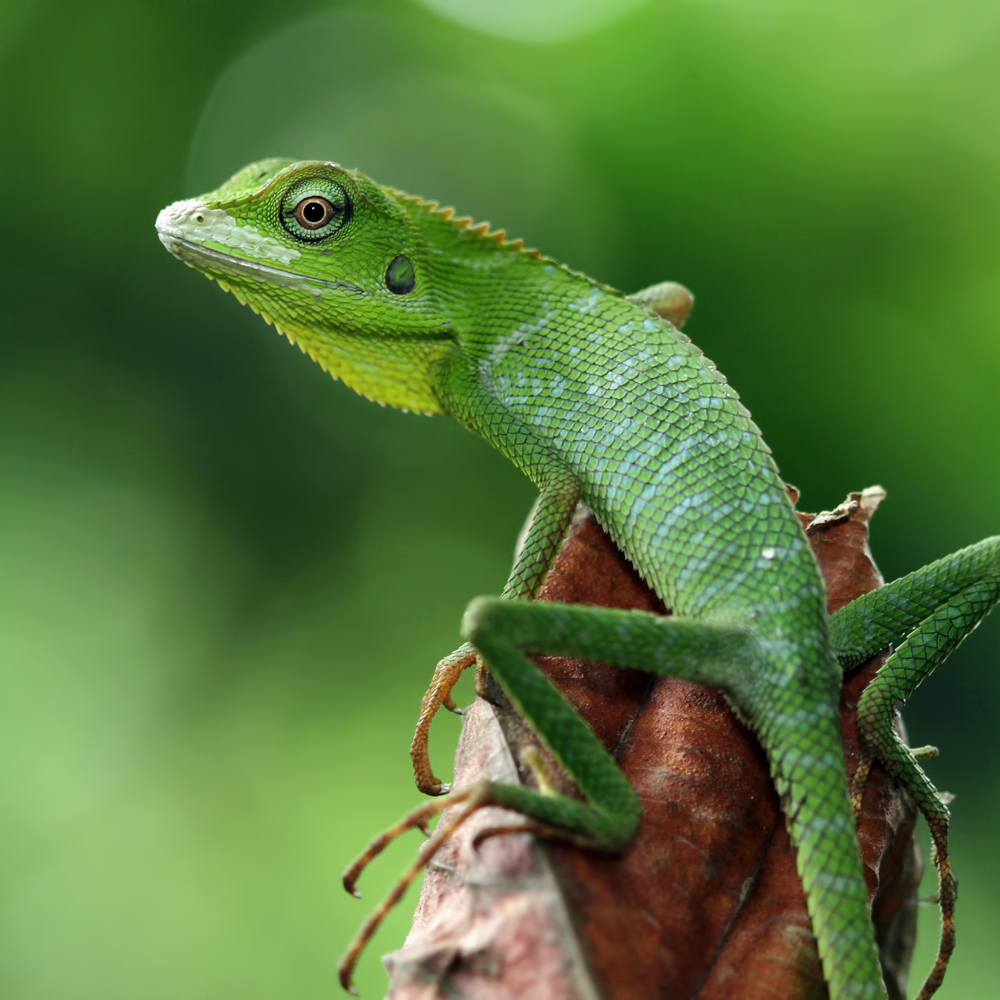
Reptiles
Descendants of amphibians, shelled eggs stay moist on land. Fully terrestrial.
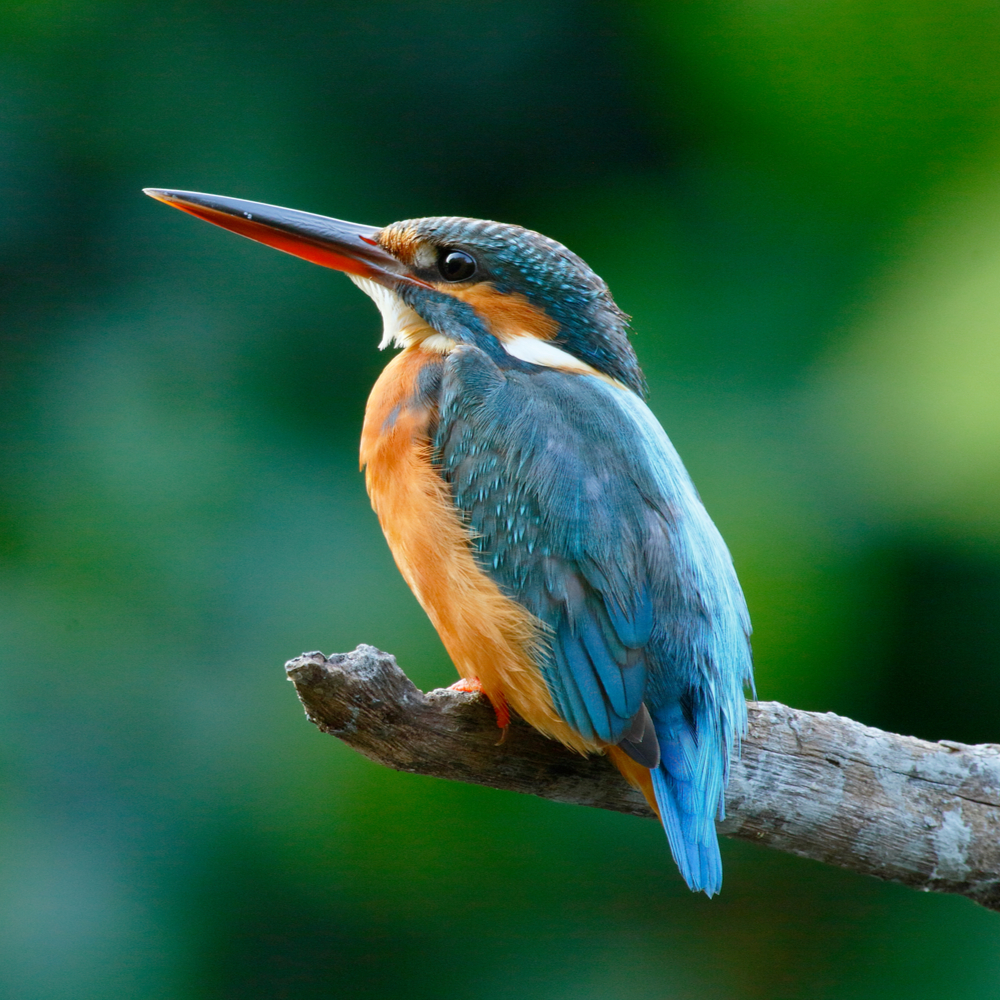
Birds
Descendants of reptiles, feathers and flight.
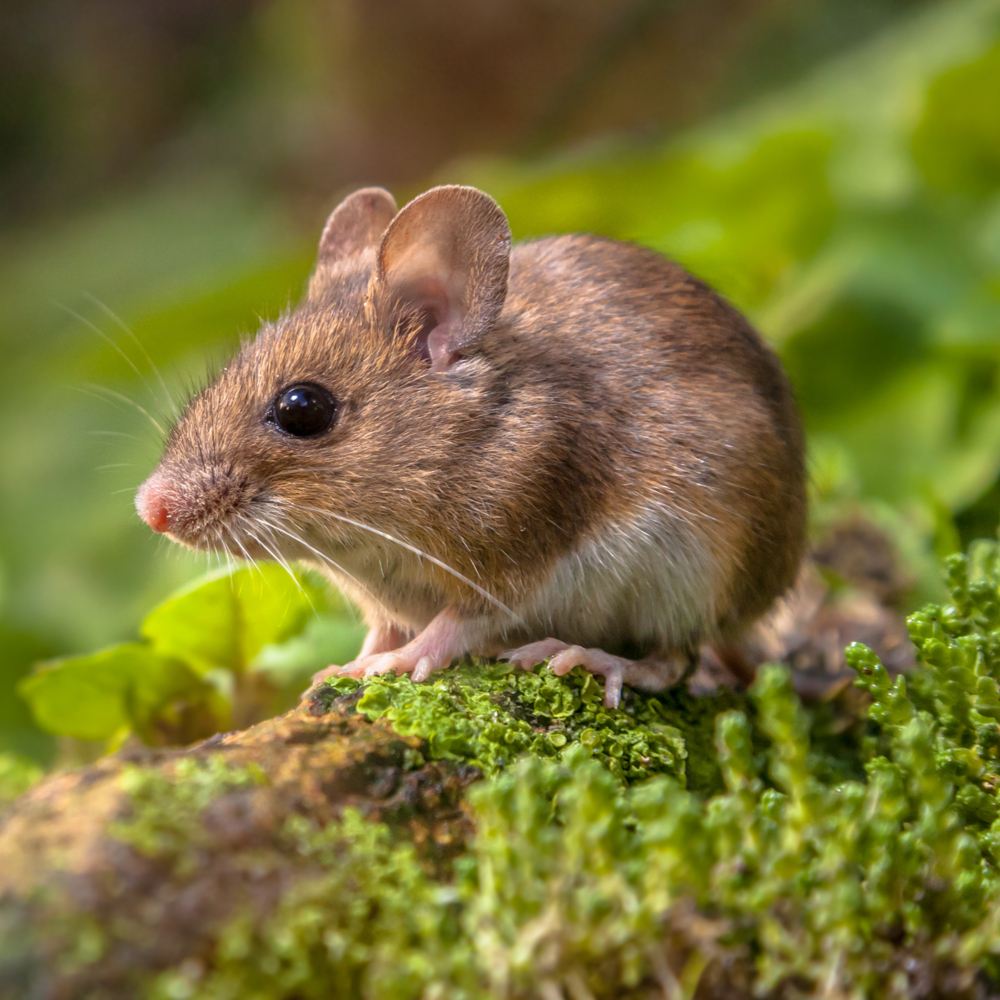
Mammals
Descendants of reptiles, fur and milk from mammary glands.
Vertebrates have vertebrae; bones that protect the spinal cord. Some fish species have hard cartilage instead of bone, but most vertebrates have backbones.
Reptiles
As ectotherms, reptiles are not typically active in cold environments.
We’re going to begin with an overview of reptile characteristics.
Most of the basic reptilian characteristics and taxa are probably familiar to you.
This video provides a broad look at reptile ancestry and groups of living reptiles.
Lizards
Most reptiles are carnivores that have some form of cryptic camouflage that enables them to hunt prey and elude larger predator species.
This Oregon Alligator Lizard would be difficult to discern as it slowly moved toward its prey.
Some lizard species are social with elaborate group behaviors. Others are highly territorial and can not be kept housed in enclosures with other individuals.
This Smokey Bear poster highlights reptiles that are often not mentioned when wildlife fire losses are discussed.
Pogona, also called “Bearded dragons” are eight Australian lizard species named after neck tissue that can swell and change color in some species. Bearded dragons are easier to keep in captivity than many other reptiles. Artificial selection over the past few decades is resulting in a wider range of phenotypic choices, like brighter colors and different skin textures.
Juvenile bearded dragons can eat insects three times a day, transitioning to a more herbivorous diet with age. These are being raised by a local breeder who handles each one daily.
As they age, bearded dragons set up a complex hierarchy and maintain it with aggressive postures and sounds. This pet is a commitment; they can live 10+ years and proper diet can be expensive.
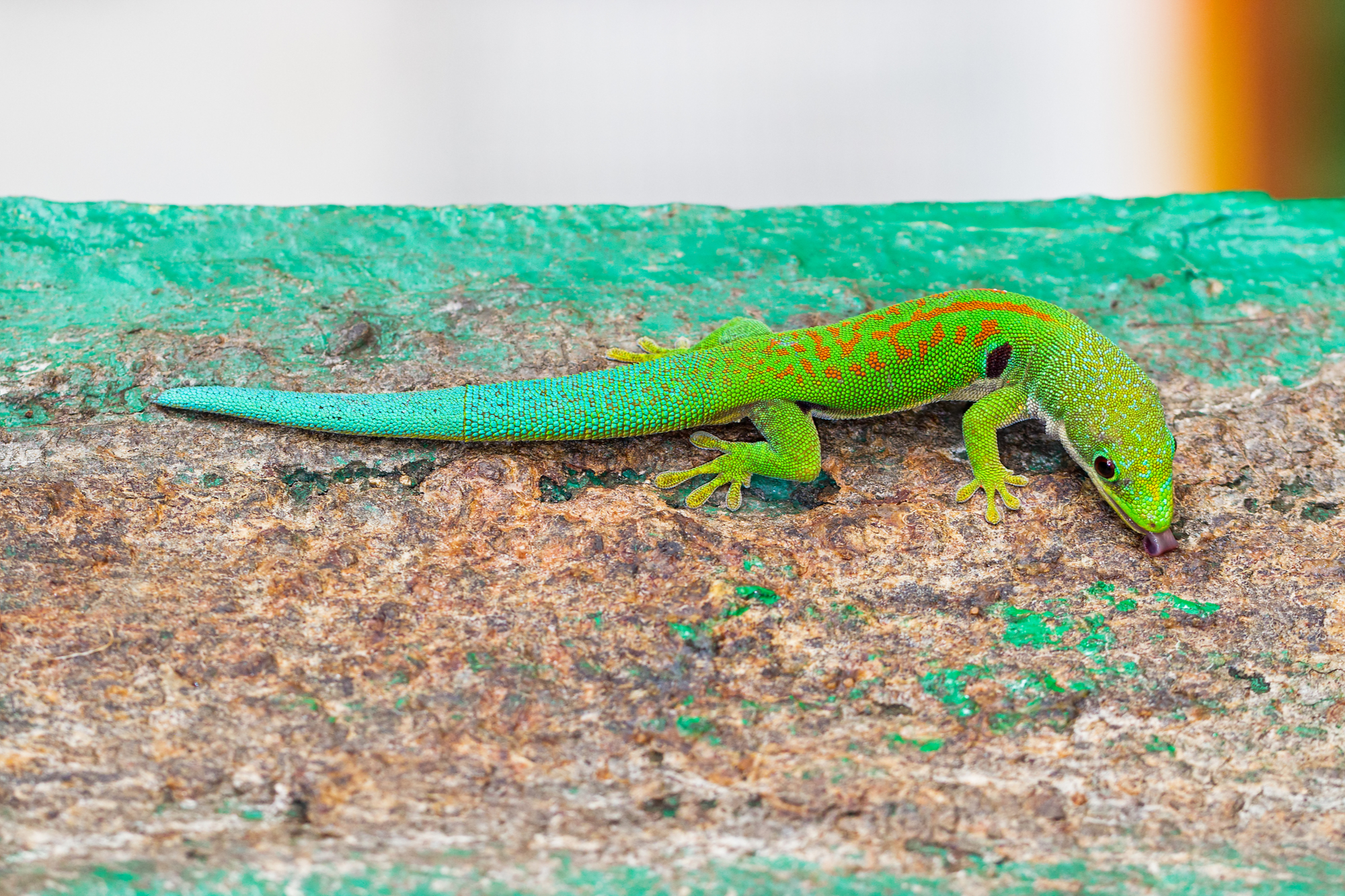
The Peacock Day Gecko (Phelsuma quadriocellata) has a lizard’s typical slim body and long tail. It moves quickly with a side-to-side undulation and adheres to smooth surfaces with highly textured feet.
This is an omnivorous tropical rainforest species from Madagascar and unlike many other gecko species, it is diurnal (instead of nocturnal) and assertive, making it successful in its native habitat and also as an invasive species.
Although too fast and delicate-skinned of an animal to frequently handle, it is possible to train to hand-feed.
This is the first time this gecko came to the hand for food, you can see the hesitation.
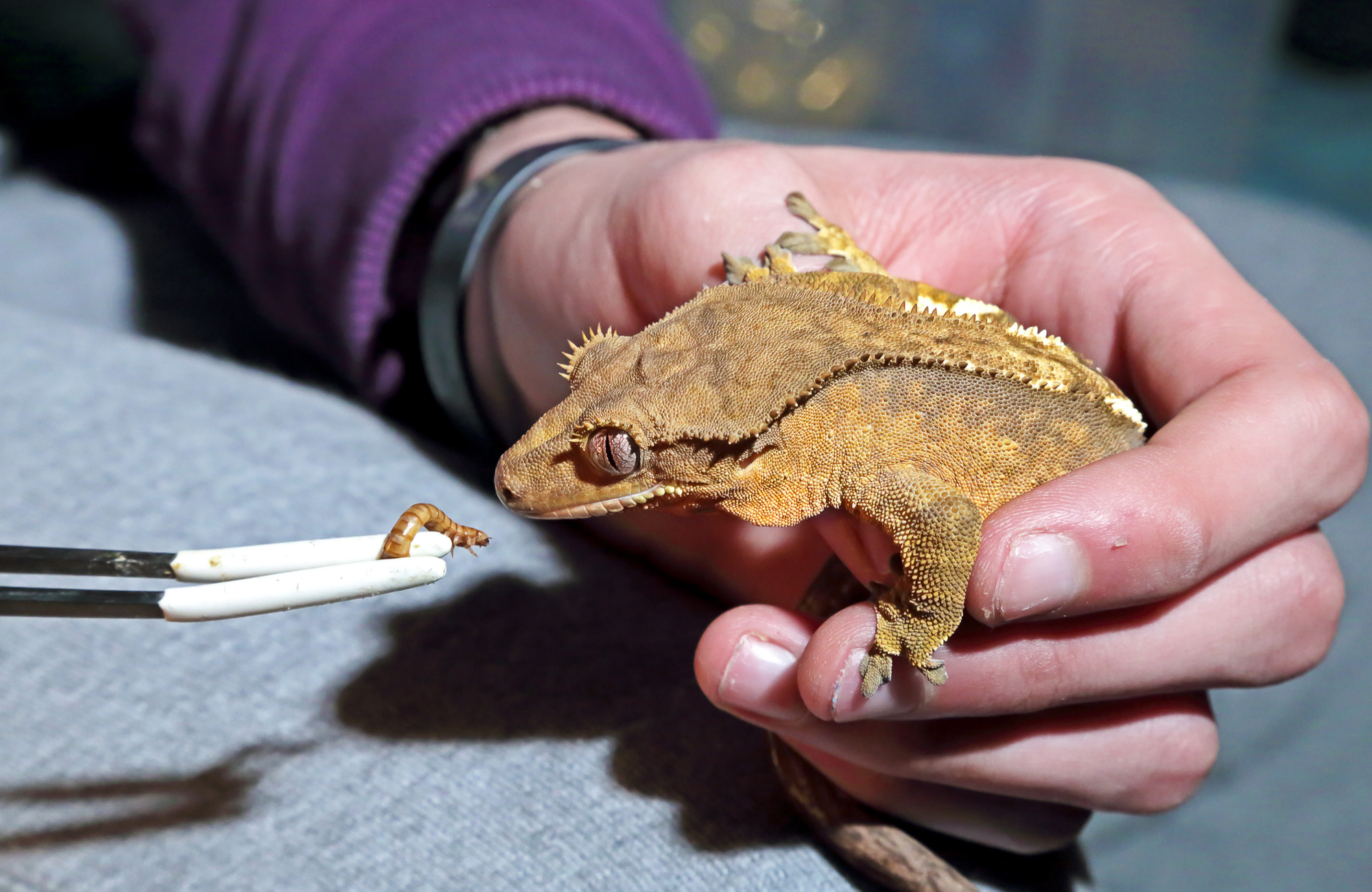
Crested geckos (Correlophus ciliatus) are becoming one of the most popular reptile pets, and that is amazing since they were thought to be extinct until they were rediscovered in 1994. Their story is in the next video.
Snakes
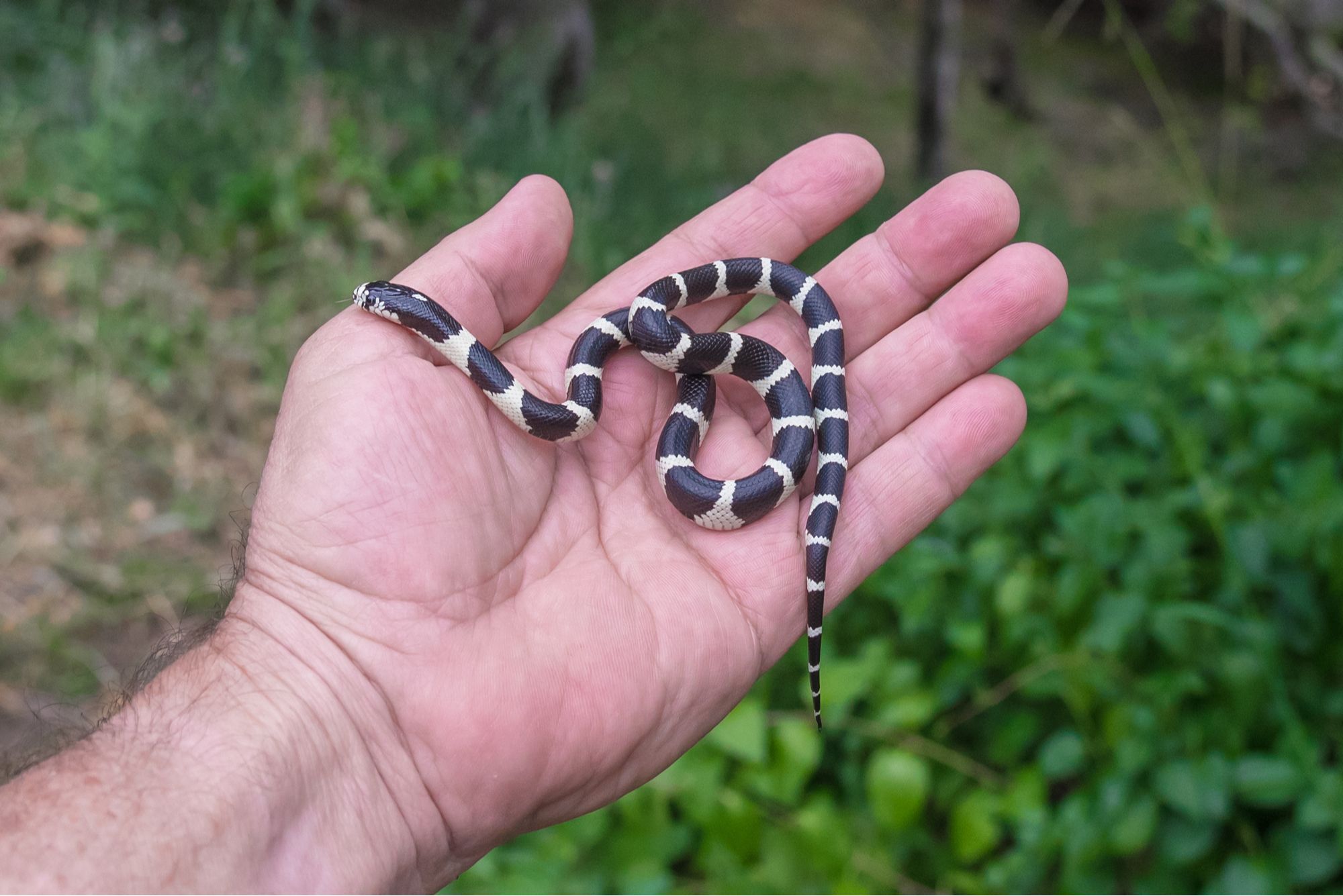
Our logical minds may look at this photo and think: “that little snake is sitting in the hand, possibly getting warmed up so it can move. The less logical part of the brain may be yelling “SNAKE!”
Many people have a strong and rapid negative response to seeing snakes or other animals like spiders. Our logical minds may tell us that these are less of a threat than say a mosquito bite, but we still respond.
Phobias are real and some may have a limited genetic basis. Phobias are something worth addressing if they cause significant limitation, like making it challenging to go out in the field.
Note: these are snake toys, but they can still elicit a reaction. Real snake videos follow this one.
Many desert species like this rattlesnake (in a large glassed enclosure) are venomous. That includes other species like scorpions and spiders. Researchers hypothesize that venom may be necessary to incapacitate prey as desert predators have limited food access and limited energy to incapacitate prey.
Some snakes like this racer snake from eastern Oregon can move quickly and cover great distances. Unfortunately, many snakes are kept in containers where that can not fully uncoil or exercise sufficiently. Of all pets, reptiles sometimes receive the poorest care. We’ll have more on matching organism care with structural and behavioral needs in Guide 6B.
This is the final section of Guide 4B, proceed to the products page.
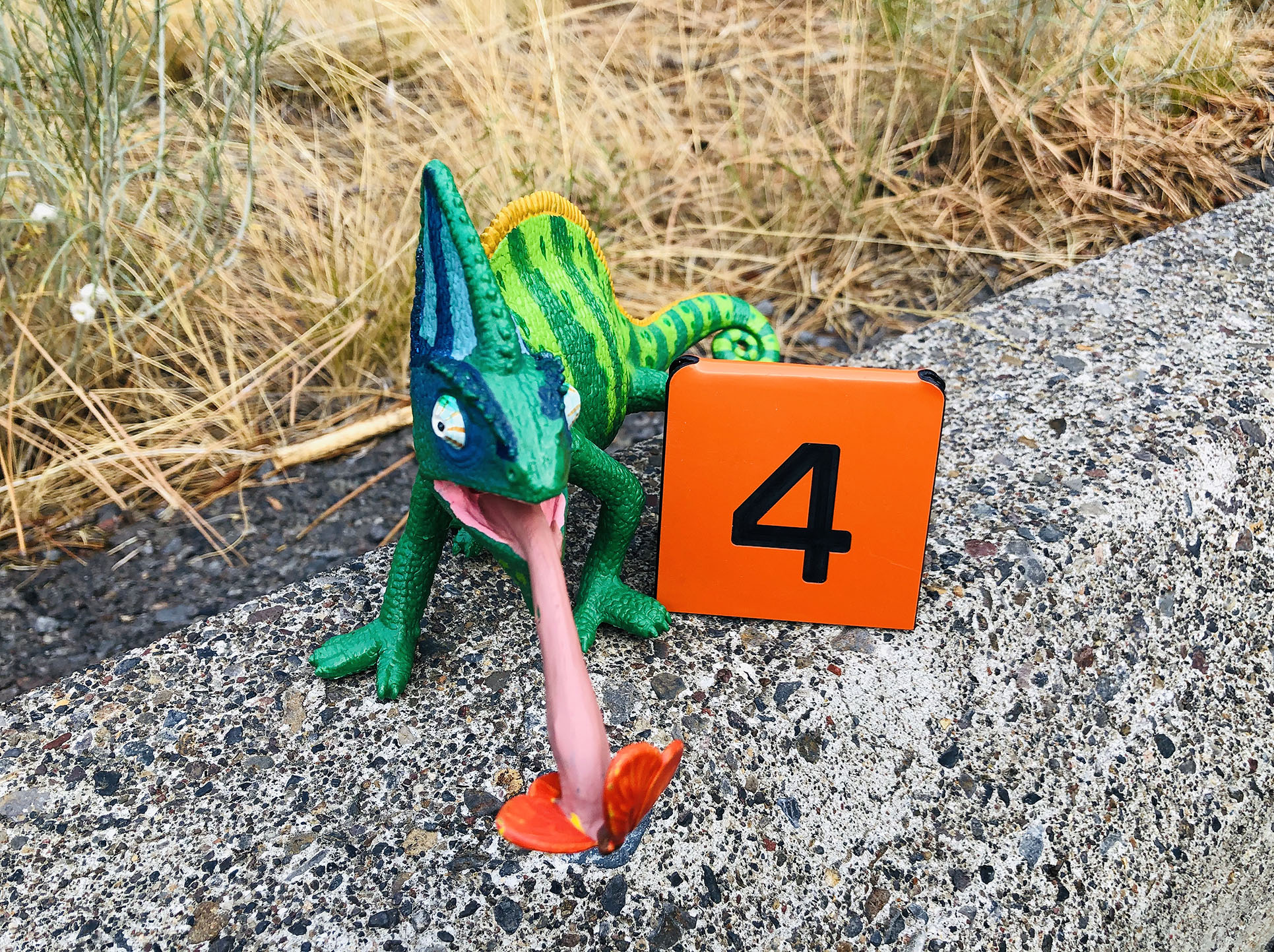
Check your knowledge. Can you:
-
list the major vertebrate animal groups and provide examples of a species in each group?
-
describe the evolutionary origins, shared structures, and modern descendants of reptiles?
-
provide the characteristics of lizards and reptiles, including concerns associated with studying or caring for these species?



